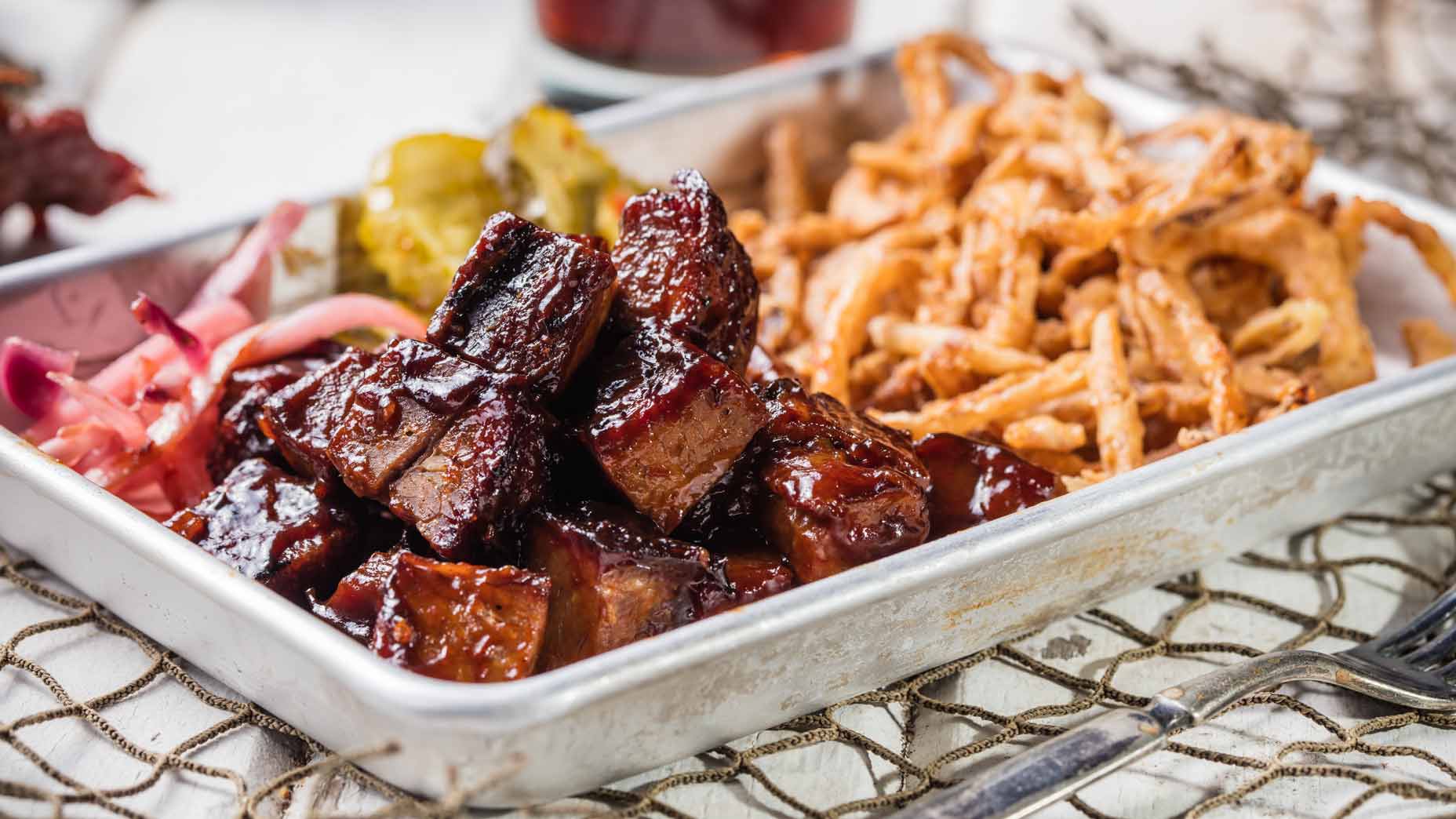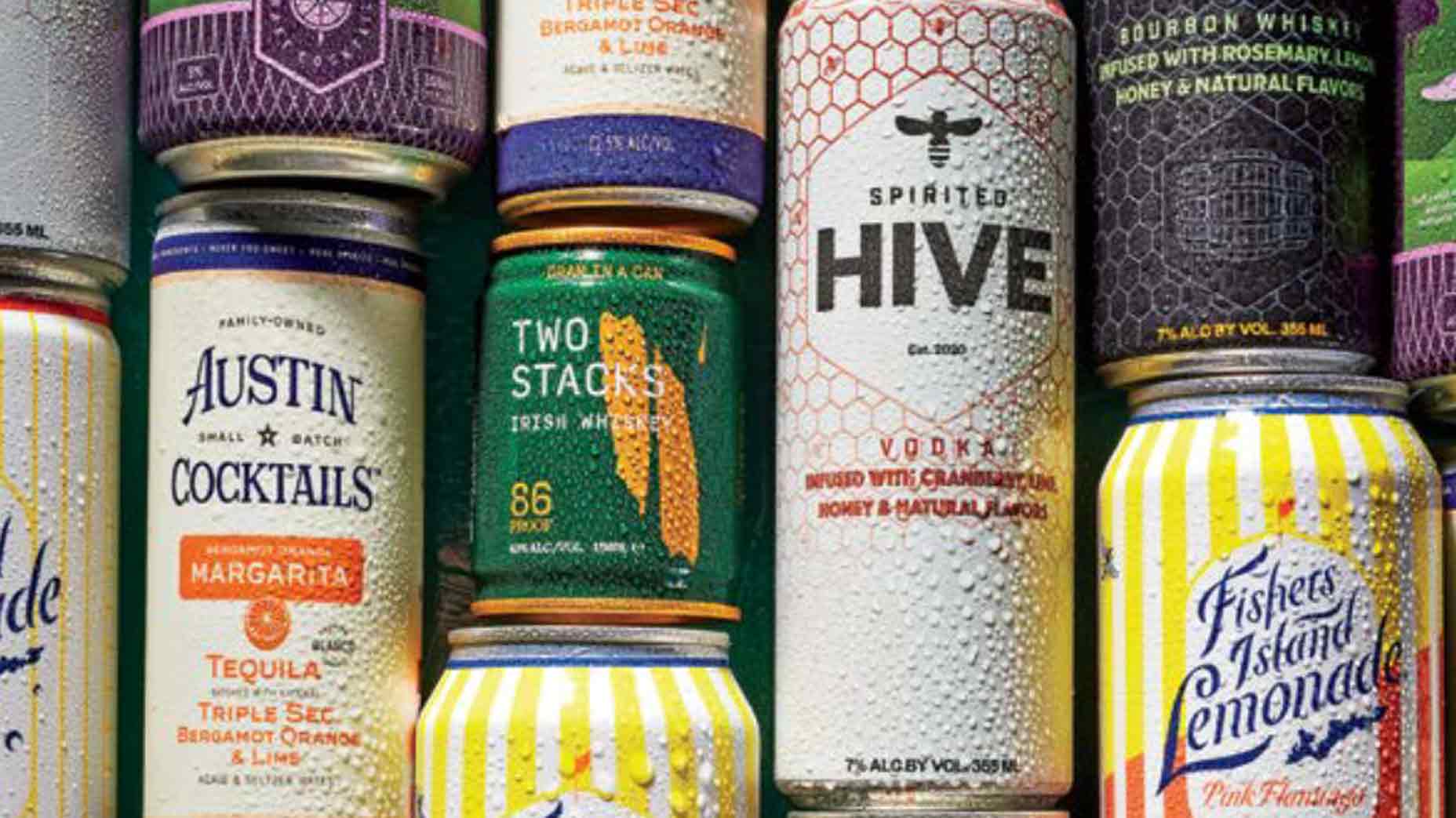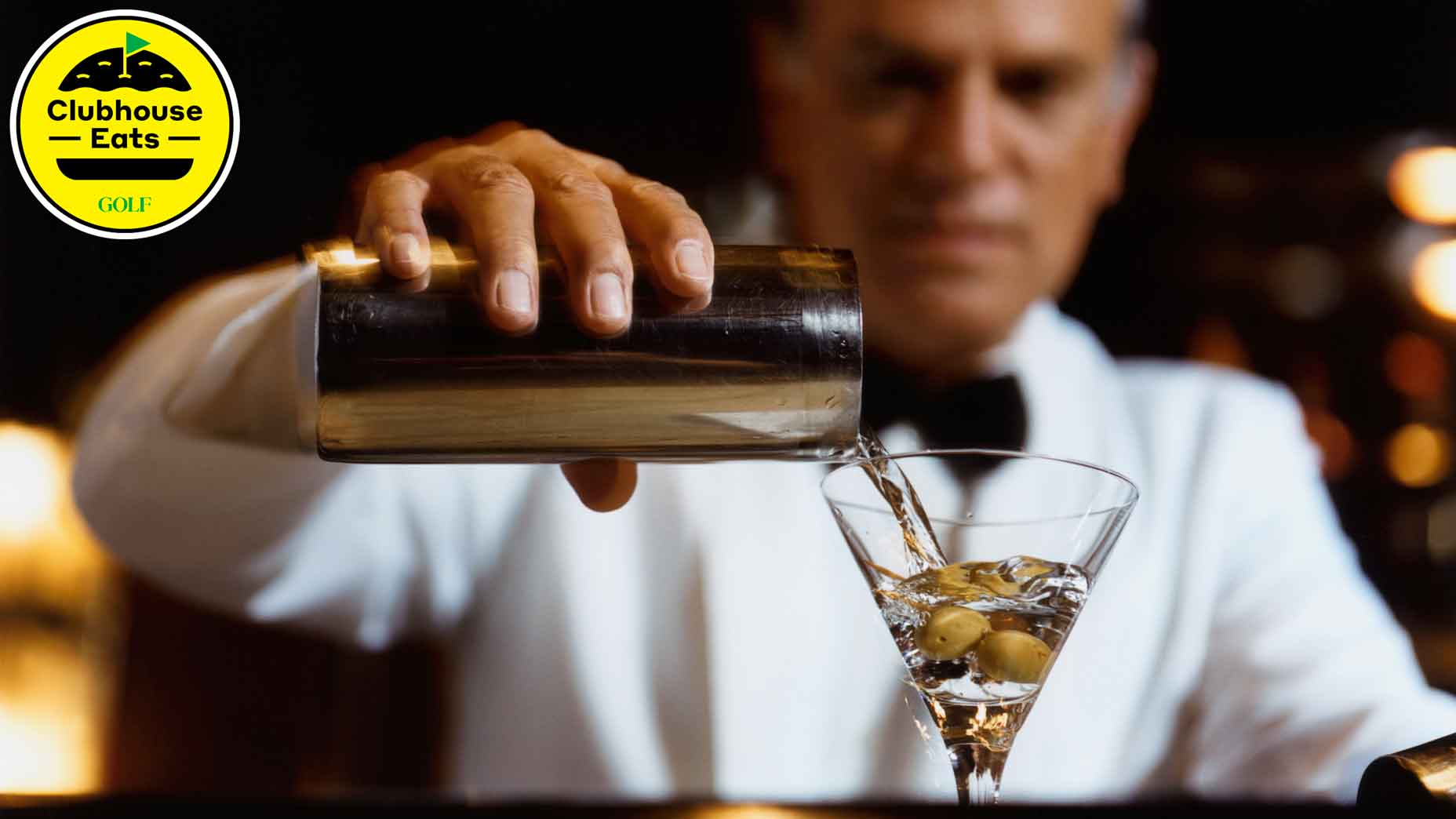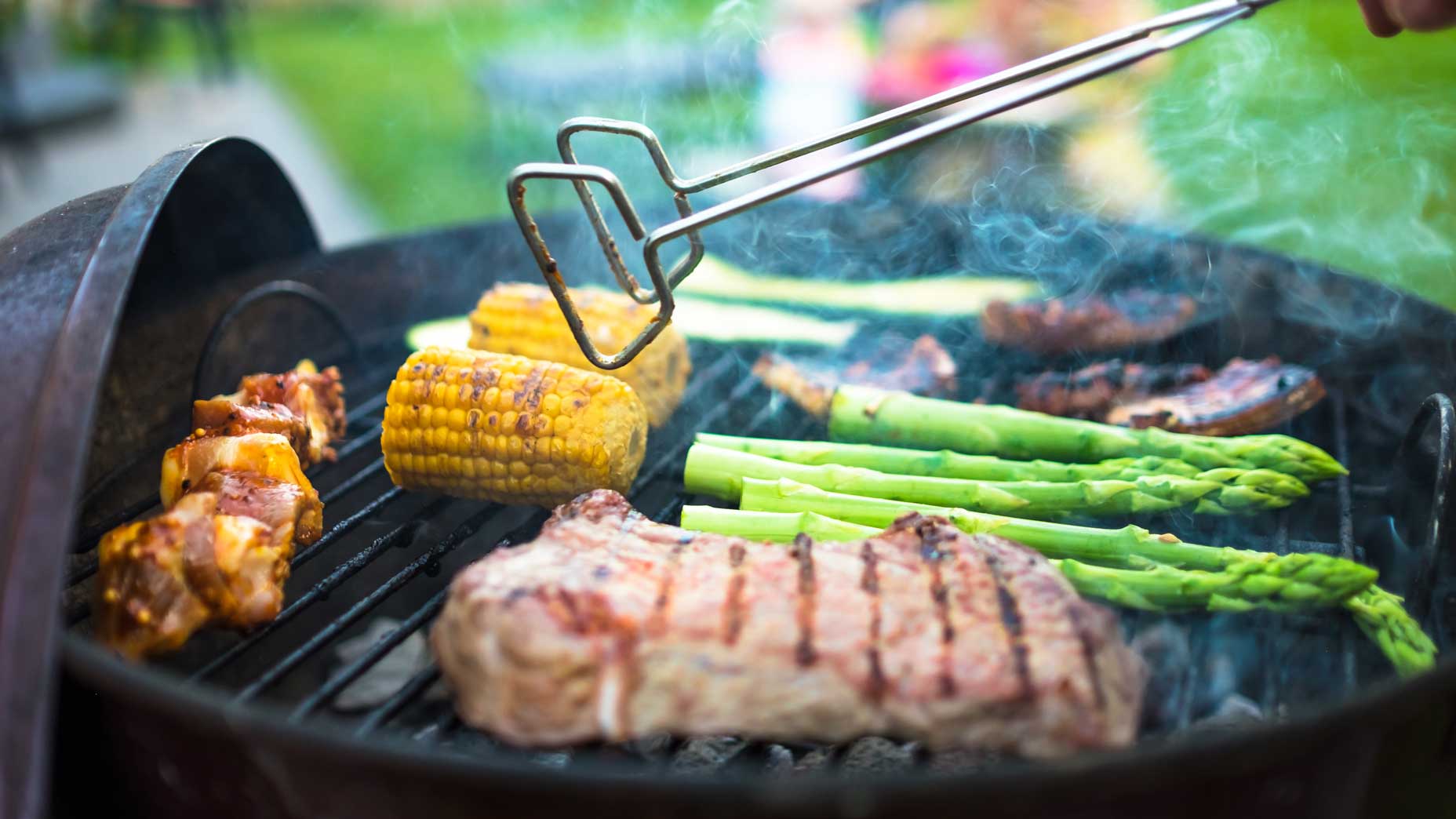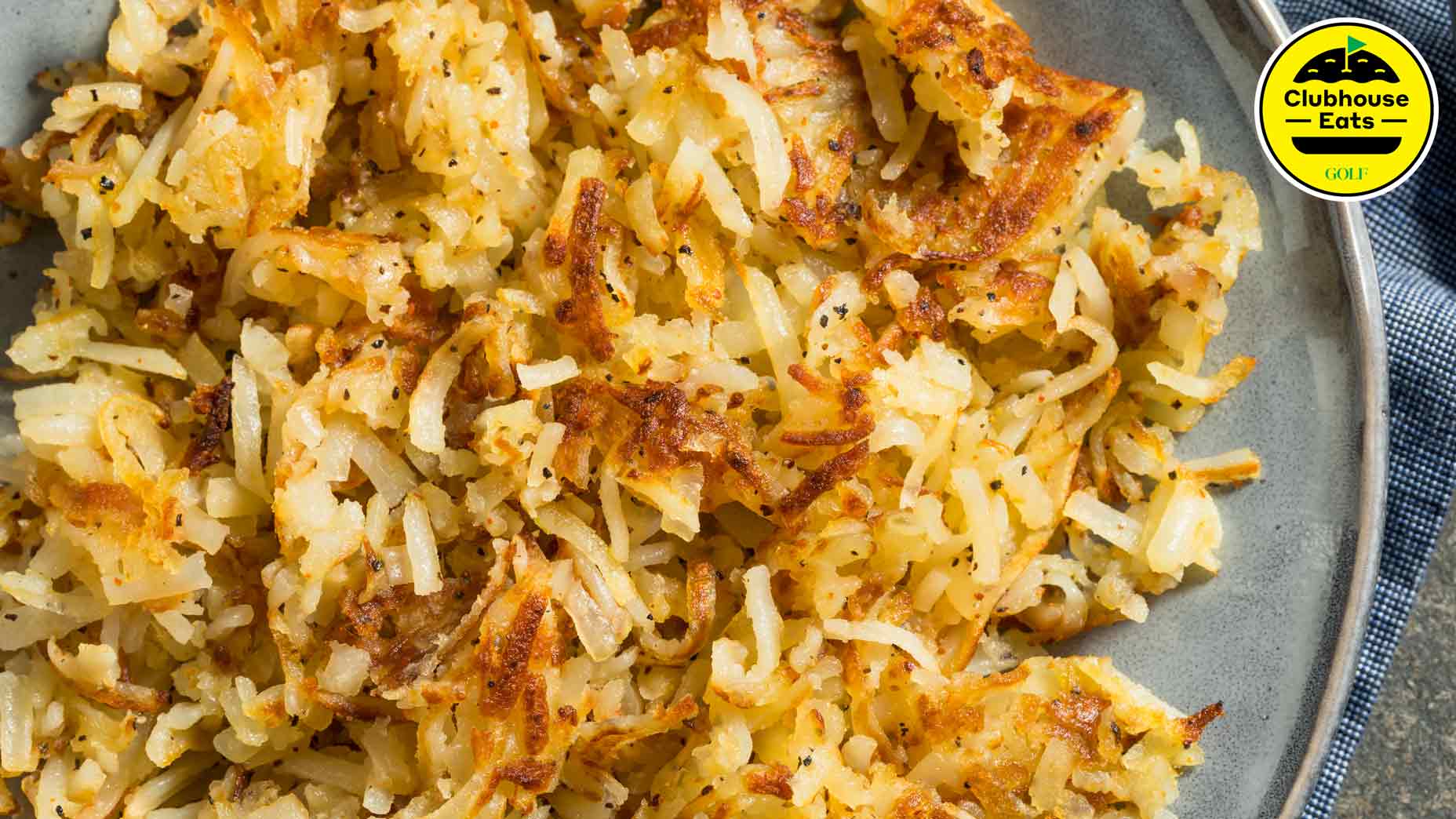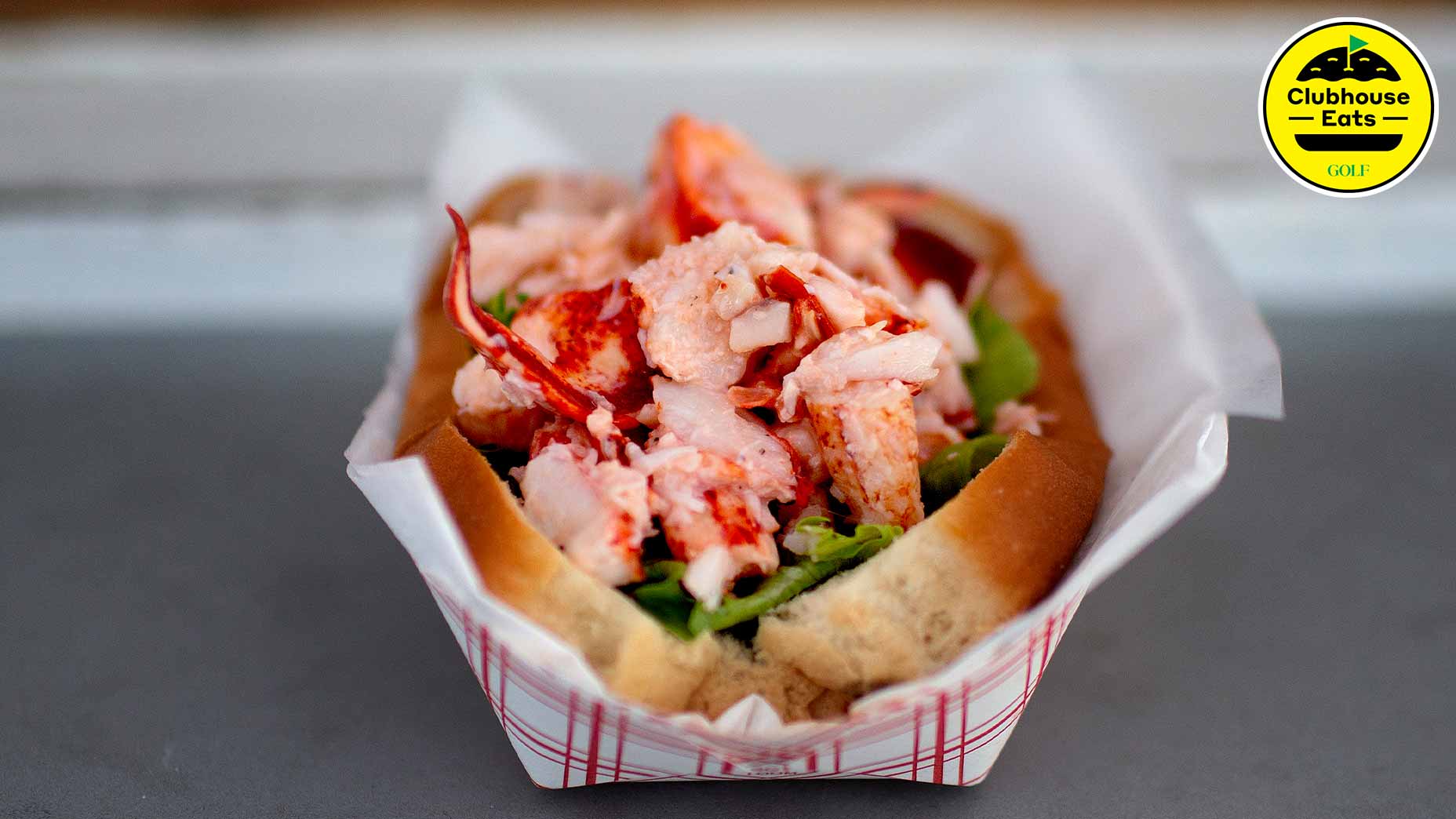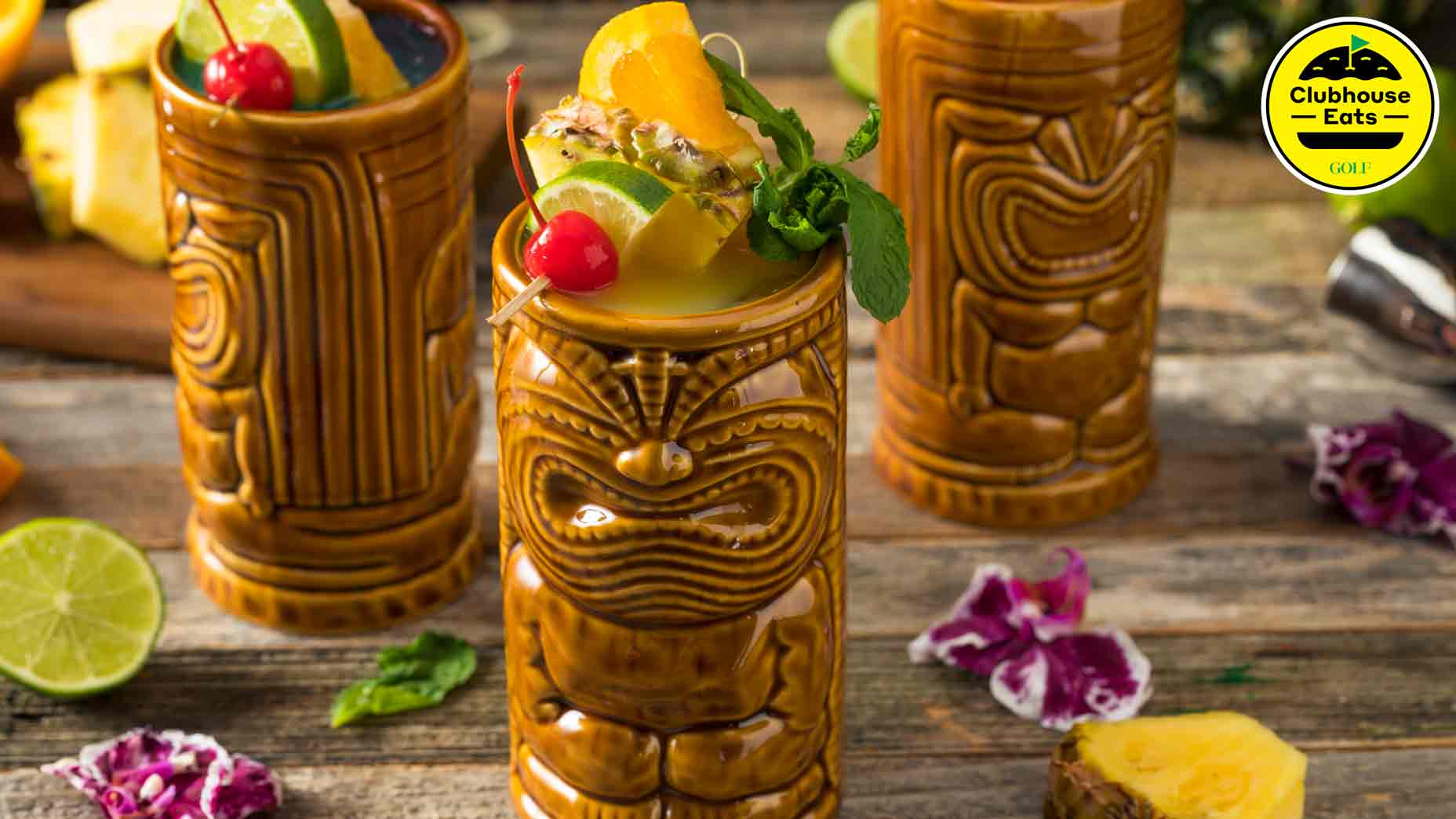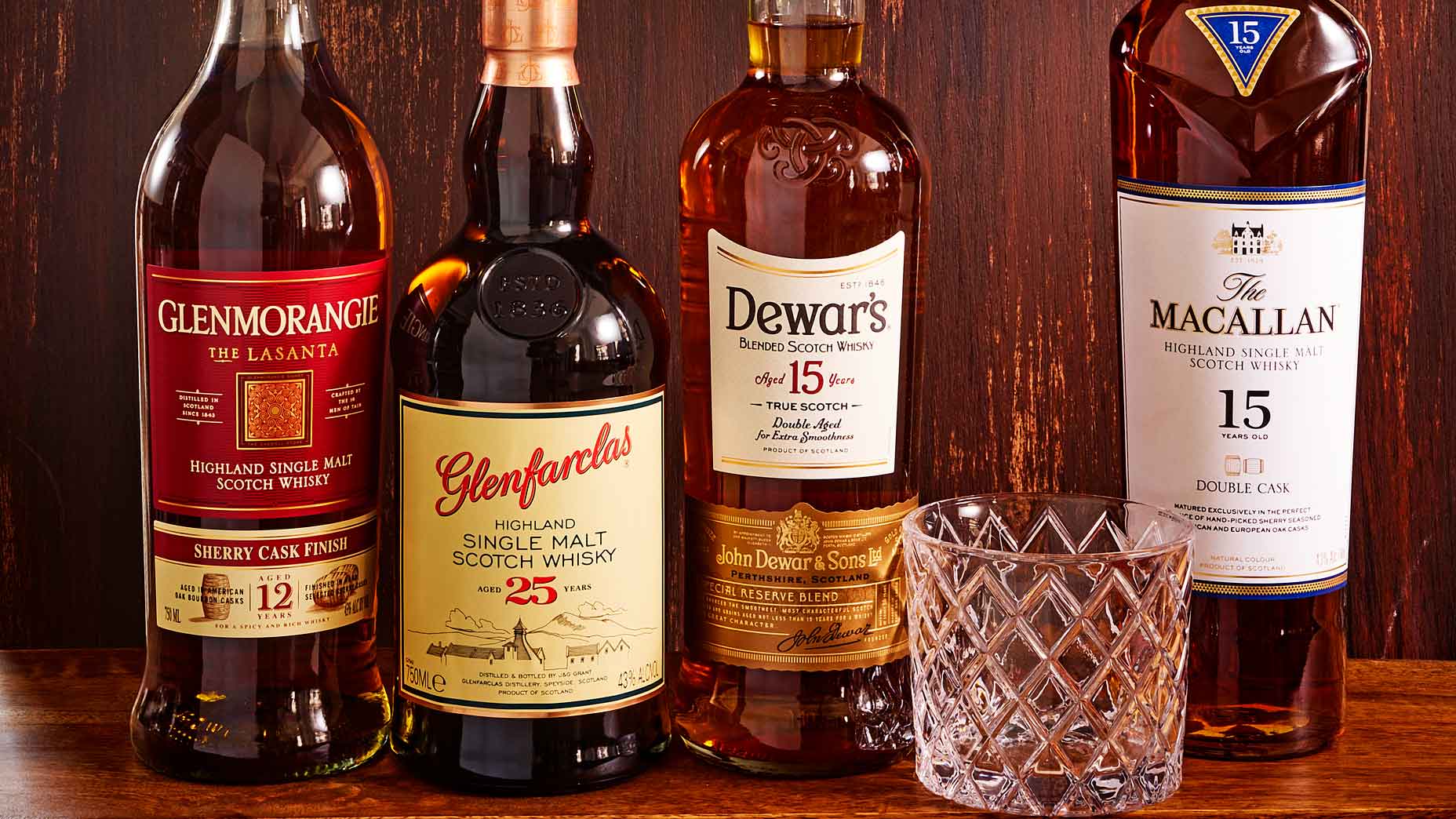What caviar and oysters are to highfalutin food-wonks, burnt ends are to barbecue aficionados: coveted morsels that never seem to come in large enough supply.
Also known as ‘bark,’ they are flavor-packed pieces of charred meat, cut from the point end of slow-cooked brisket, where fat, smoke, sugar and assorted spices all intermingle in melting bites of beefy goodness.
Time was when burnt ends weren’t widely celebrated outside their recognized birthplace in Kansas City. But that began to change in the 1970s, when the prominent writer and Kansas City native Calvin Trillin published a tribute to the tasty nuggets. The food world noticed. The burnt end boom had only just begun.
Clubhouse Eats: The fresh trout at Reynolds Lake Oconee will leave you hookedBy: Josh Sens
Famous Dave’s, a craft barbecue outpost that grew into a chain, was among the first to bring the delicacy to a national stage. One of the places where Famous Dave’s burnt ends now enjoy a spotlight is at Big Cedar Lodge, the acclaimed golf and wilderness resort in the Missouri Ozarks.
The resort and the restaurant first collaborated during the Bass Pro Shops Legends of Golf, a PGA Tour Champions event that plays out every year at Big Cedar. The rest is history. Famous Dave’s BBQ is now a staple at two of Big Cedar’s courses: Buffalo Ridge Springs and the 13-hole Mountain Top course.
On a clubhouse menu that also features such dishes as slow-smoked chopped pork and St. Louis spare ribs, burnt ends are a standout. The tender cuts of brisket come seared and caramelized in a sweet-and-tangy sauce, flanked by jalapeño-pickled red onions and spicy pickles. Beats caviar and oysters any day.
